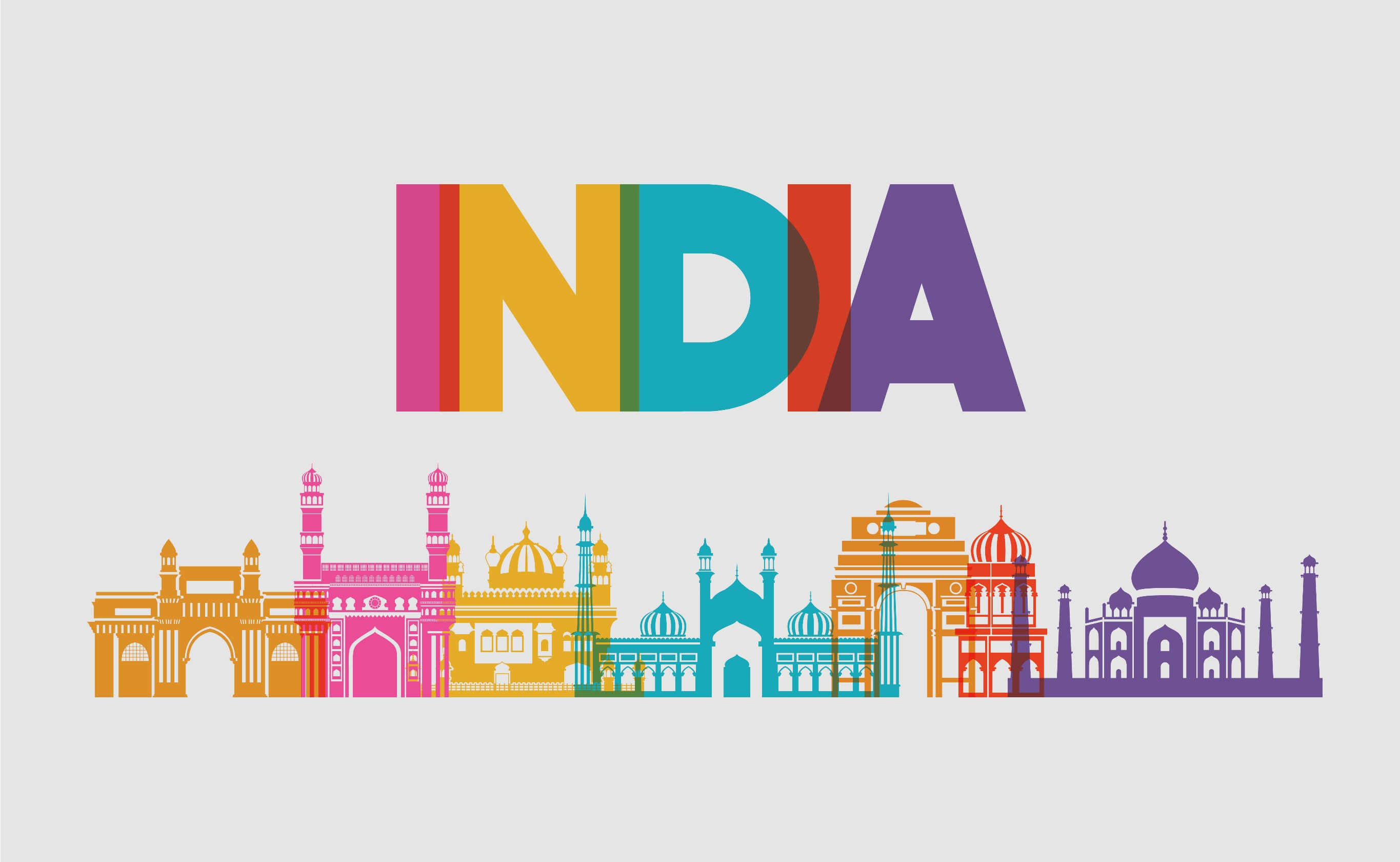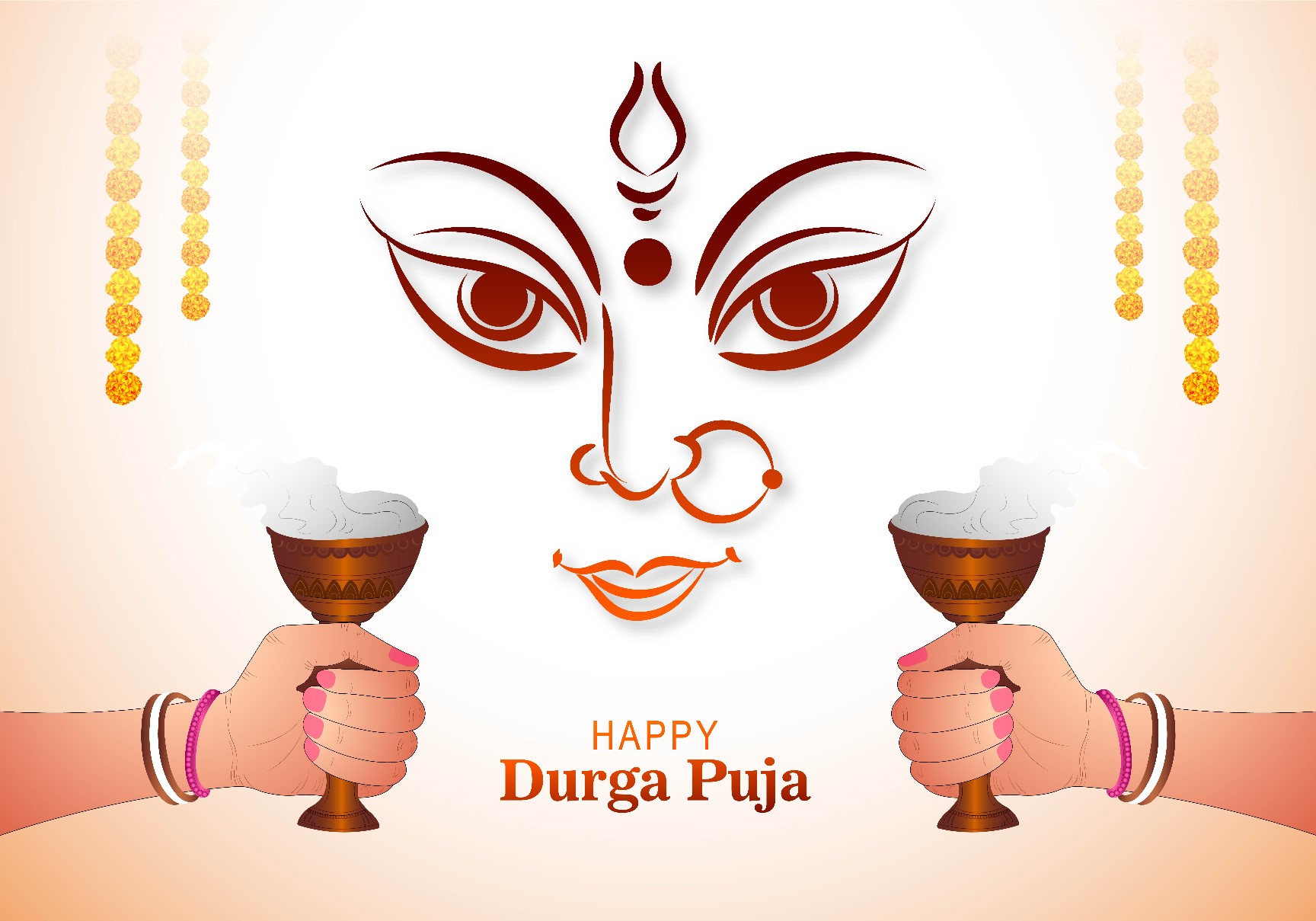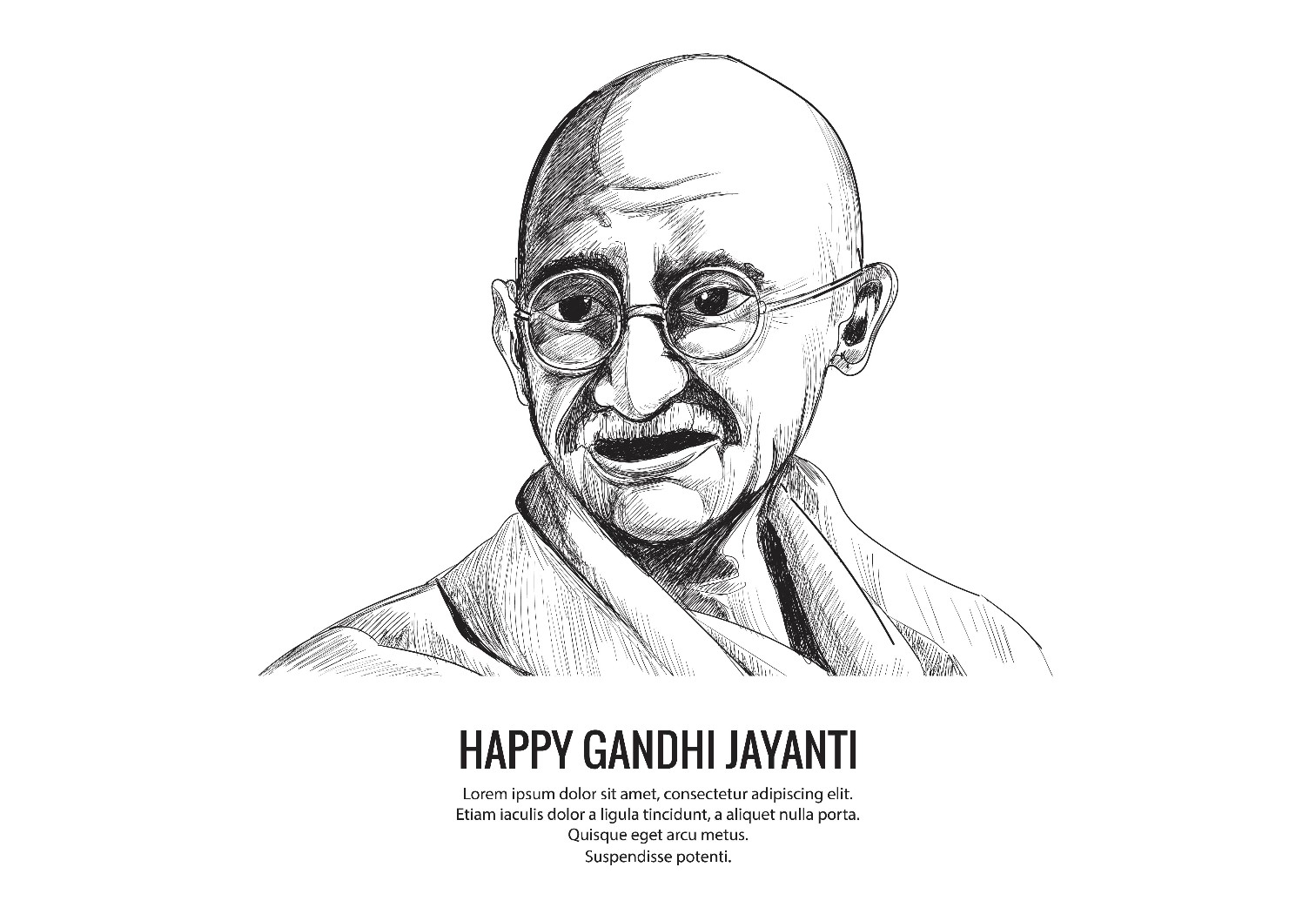Essay on Dussehra in Hindi and English
“Welcome to ASKMORETOLEARNMORE, where knowledge is our compass and curiosity our guiding star. Join us on a journey of exploration, learning, and inspiration as we delve into the world of wisdom, In this post we will see Essay on Dussehra in Hindi and English .”
Table of Contents

Essay on Dussehra in English
Dussehra: The Triumph of Good Over Evil
Introduction:
Dussehra, also known as Vijayadashami, is one of India’s most celebrated festivals. It marks the culmination of the nine-day festival of Navratri and the victory of good over evil. The festival is observed with immense zeal and enthusiasm across the country, showcasing a rich tapestry of customs, traditions, and cultural diversity. This essay delves into the history and significance of Dussehra, exploring its various regional celebrations, the mythological and historical underpinnings, and the contemporary relevance of this vibrant festival.
I. Historical and Mythological Origins
A. Mythological Tales:
Dussehra draws its roots from several mythological narratives.
India is a land steeped in mythology and legend, and Dussehra is no exception. The festival finds its origins in the epic Ramayana, which recounts the story of Lord Rama, his beloved wife Sita, and the demon king Ravana. The central theme of Dussehra revolves around Lord Rama’s victory over Ravana, symbolizing the triumph of good over evil.
According to the Ramayana, Ravana was a formidable demon king who abducted Sita, leading to a fierce battle between Rama and Ravana. After a protracted struggle, Rama, with the blessings of the divine, eventually defeated Ravana and rescued Sita. Dussehra commemorates this momentous victory.
In addition to the story of Lord Rama, Dussehra also draws from other mythological tales. In some regions, the festival celebrates the victory of Goddess Durga over the buffalo demon Mahishasura. These diverse mythological narratives reflect the richness and diversity of Indian culture and spirituality.
B. Historical Context :
The festival of Dussehra also carries historical significance.
While Dussehra is deeply rooted in mythological tales, it has historical underpinnings as well. The story of Emperor Ashoka, one of India’s most illustrious rulers, adds a layer of historical significance to the festival. Ashoka, initially known for his military conquests and ruthless rule, underwent a profound transformation. After the brutal Kalinga War, he was deeply moved by the suffering and loss of life. This event marked a turning point in his life, leading him to embrace Buddhism and the path of non-violence. Dussehra serves as a reminder of Ashoka’s triumph over the evil path he had taken, symbolizing his conversion to Buddhism and his commitment to promoting peace and ethical governance.
In Mysore, the festival of Dussehra holds special historical significance. The grand Mysore Dasara, known for its grandeur and cultural richness, pays homage to the Wadiyars of Mysore, the former rulers of the region, and their patronage of the festival. The Wadiyars’ association with Dussehra dates back several centuries, and their role in shaping the festival’s grand traditions has left an indelible mark on the region’s cultural heritage.
II. Regional Celebrations and Traditions
A. North India :
Dussehra in North India is celebrated with great fervor, often extending for ten days.
North India’s celebration of Dussehra is characterized by a grand spectacle of devotion, fervor, and traditional customs. The festival is celebrated with great enthusiasm, often extending for ten days and culminating on the final day of Vijayadashami. Ramlila, which is the enactment of scenes from the Ramayana, takes center stage during the festival. Ramlila performances are conducted in various parts of North India, depicting the life and adventures of Lord Rama. These performances are elaborate and well-rehearsed, featuring talented actors and musicians. They offer a vivid and immersive experience for the audience.
The climax of the Ramlila is the dramatic burning of effigies, symbolizing the defeat of Ravana, his brother Meghnad, and his son Kumbhakarna at the hands of Lord Rama. This ritual, known as Ravana Dahan, is accompanied by fireworks and cheers from the gathered crowd. The burning of the effigies signifies the victory of good over evil and the rescue of Sita by Lord Rama.
In addition to Ramlila, Dussehra in North India witnesses the proliferation of fairs and processions. These fairs feature a wide array of stalls selling traditional sweets, handicrafts, and clothing. Families often dress in traditional attire and visit these fairs to partake in the festive spirit. Processions, marked by ornate chariots and effigies, take over the streets. These processions bring communities together, creating a sense of unity and celebration.
B. South India :
In South India, Dussehra celebrations are marked by different traditions.
South India celebrates Dussehra with its distinct traditions that are rooted in mythology and regional practices. While the core theme of good triumphing over evil remains, the observance of Dussehra varies from that in North India.
One of the notable practices in South India is the worship of Goddess Saraswati. This part of the festival focuses on knowledge and learning, and it is considered an auspicious time to initiate children into the world of letters. Students place their books, instruments, and tools in front of the goddess’s idol or picture, seeking her blessings for success in their studies. This custom reflects the deep reverence for knowledge and education in South Indian culture.
Another significant aspect of Dussehra in South India is Ayudha Puja. Ayudha Puja involves the blessing of tools and instruments. This custom is seen as a celebration of work and craftsmanship. It is believed that the goddess blesses these tools, ensuring that they function effectively and contribute to success in one’s vocation. Ayudha Puja highlights the importance of work and the role it plays in one’s life.
In some parts of South India, the festival is observed as Vijaya Dashami, celebrating the goddess’s victory over the buffalo demon Mahishasura. This narrative differs from the Ramayana story and underscores the diversity of mythological tales that are integral to the festival.
C. East India :
The states of West Bengal and Assam have unique Dussehra celebrations.
In West Bengal, Dussehra coincides with the grand festival of Durga Puja. Durga Puja is a significant cultural event that brings the city of Kolkata and the entire state to life. The festival typically spans nine days and culminates on Dussehra. Durga Puja involves the creation and worship of elaborate idols of Goddess Durga. The idols, often towering in height and adorned with intricate details, are installed in beautifully decorated pandals or temporary structures. Artisans and craftsmen invest their skills and creativity in crafting these stunning idols.
The festival is marked by cultural performances, including music, dance, and drama. Traditional rituals are observed with deep devotion. On the final day, the idols are immersed in rivers or water bodies, symbolizing the goddess’s return to her heavenly abode. The immersion processions, accompanied by the beating of drums and the chanting of hymns, create a mesmerizing spectacle.
In Assam, Dussehra is celebrated as Vijaya Dashami, marking the goddess’s victory over the buffalo demon Mahishasura. The festival is celebrated with great fervor, and traditional rituals are performed to honor the goddess’s triumph. In addition to religious observances, cultural events and processions add to the festive spirit.
III. Contemporary Significance
A. Religious and Spiritual Meaning :
Dussehra embodies profound religious and spiritual significance.
At its core, Dussehra is a celebration of the victory of good over evil. This theme resonates deeply with the religious and spiritual sensibilities of people. The festival serves as a reminder of the ultimate triumph of righteousness over evil. Devotees view the festival as an opportunity to seek blessings for success, wisdom, and the elimination of negativity from their lives.
The burning of Ravana’s effigy symbolizes the destruction of evil forces and the victory of virtuous qualities. It inspires individuals to embrace ethical values, honesty, and integrity in their lives. The festival encourages self-reflection and the renewal of one’s commitment to leading a righteous and virtuous life.
Dussehra also fosters a sense of devotion and spirituality. Temples dedicated to Lord Rama and Goddess Durga witness a surge in devotees during the festival. The fervor of religious rituals, including aarti (ritual worship) and bhajans (devotional songs), adds to the spiritual atmosphere.
B. Cultural and Social Impact:
Dussehra plays a vital role in the cultural and social fabric of India.
Dussehra promotes and preserves the rich cultural heritage of India. The festival fosters artistic expression, from traditional theater and dance forms like Ramlila to musical performances that celebrate the victory of good over evil. Dussehra encourages the development and continuation of these cultural traditions, passing them down from one generation to the next.
The celebration of Dussehra brings people together, reinforcing social bonds and fostering unity. The processions, fairs, and cultural events are often organized by communities and local associations. They provide a platform for social interaction and the coming together of people from diverse backgrounds. The sense of unity and community bonding is a significant aspect of Dussehra’s cultural impact.
Furthermore, the festival plays a role in strengthening family bonds. Families come together to celebrate the festival, whether it’s by visiting fairs, attending Ramlila performances, or participating in community events. Dussehra serves as an occasion for family gatherings and the strengthening of familial ties.
IV. Contemporary Relevance and Challenges
A. Relevance in Modern Times :
Dussehra continues to be relevant in the contemporary world.
Despite its ancient origins, Dussehra remains highly relevant in the modern world. The festival’s core message of good triumphing over evil, of righteousness conquering wrongdoing, is timeless and resonates with people from all walks of life. In a world where ethical values and integrity are often tested, Dussehra serves as a powerful reminder of the importance of leading a virtuous life.
Dussehra encourages individuals to reflect on their own actions and choices. It inspires them to strive for ethical conduct and to stand up against wrongdoing and injustice. The festival prompts people to consider their own roles in promoting good and opposing evil, both on a personal and societal level.
In contemporary society, the themes of Dussehra are not limited to mythology and religion but have broader implications. The festival’s message finds relevance in the context of social and political discourse. It serves as a call for justice, accountability, and the triumph of truth and righteousness.
B. Challenges and Controversies :
Dussehra faces challenges and controversies, both traditional and contemporary.
Firecrackers and Air Pollution:
One of the traditional aspects of Dussehra that has raised concerns in recent times is the use of firecrackers during the festival. While fireworks are a common feature of Dussehra celebrations, the environmental impact of these fireworks on air quality and noise pollution has led to debates. Many regions in India have initiated efforts to reduce the use of firecrackers during the festival to mitigate their negative effects on the environment and public health.
Animal Rights:
Some traditional festivities associated with Dussehra have sparked debates and controversies related to animal rights. In certain regions, live animals are used as part of the celebrations, which has raised ethical concerns and led to calls for more humane practices.
Dussehra’s contemporary relevance is also reflected in how it grapples with these challenges and strives to adapt to a changing world. It prompts discussions on sustainable and eco-friendly celebrations, emphasizing the need to strike a balance between tradition and environmental responsibility. Additionally, it encourages a reevaluation of certain practices that may be in conflict with contemporary ethical and moral values.
V. Conclusion: Celebrating the Triumph of Goodness
Dussehra, with its rich tapestry of traditions and celebrations, remains a vibrant and significant festival in India. It serves as a timeless reminder of the eternal battle between good and evil and the enduring victory of righteousness. In its various regional avatars, Dussehra showcases India’s cultural diversity and spiritual depth, fostering unity, community bonding, and the celebration of life’s triumphs over adversities.
Essay on Dussehra in Hindi
दशहरा पर निबंध (Essay on Dussehra in Hindi):
दशहरा भारतीय उपमहाद्वीप के एक महत्वपूर्ण त्योहारों में से एक है और इसे विजयादशमी के नाम से भी जाना जाता है। यह त्योहार विजय के संकेत के रूप में माना जाता है और इसे महिषासुर के पराजय की जीत के रूप में मनाया जाता है। यह त्योहार नवरात्रि के आखिरी दिन के रूप में मनाया जाता है और विशेष रूप से हिन्दू धर्म के अनुयायियों के बीच महत्वपूर्ण है।
दशहरा का आयोजन आधिकारिक रूप से दस दिनों तक चलता है, लेकिन तैयारियाँ इससे पहले ही शुरू हो जाती हैं। यह त्योहार अक्टूबर या नवंबर में मनाया जाता है और इसके पहले नौ दिनों के अवसर पूजन और उपासना के साथ बिताए जाते हैं.
दशहरा का मुख्य उद्देश्य गोदेवी दुर्गा की पूजा है, जो दस हाथों वाली आदिशक्ति के रूप में प्रतिष्ठित हैं और भगवान राम के मारे गए रावण के पुत्र मेघनाद के पराजय को याद दिलाती हैं. मां दुर्गा की मूर्ति को अलंकृत रूप में सजाया जाता है और उसे पूजन के लिए प्रस्तुत किया जाता है.
दशहरा के पारंपरिक रूप में, विशेष रूप से रावण, मेघनाद, और कुम्भकर्ण के पुतले बनाए जाते हैं और फिर उन्हें दीवाली के आसपास आग लगाई जाती है. इससे दशहरा का उत्सव समाप्त होता है, और भगवान राम की विजय का स्मरण किया जाता है.
दशहरा का त्योहार भारत में हिन्दू संस्कृति का महत्वपूर्ण हिस्सा है और इसका महत्व भारतीय समाज में अत्यधिक है. यह त्योहार दर्शाता है कि अच्छाई की विजय हमेशा बुराई पर होती है और सत्य की जीत हमेशा होती है.
 India republic day in English and Hindi
India republic day in English and Hindi Essay on India in English and Hindi
Essay on India in English and Hindi Noise pollution essay in English and Hindi
Noise pollution essay in English and Hindi Plastic pollution essay in English and Hindi
Plastic pollution essay in English and Hindi Essay on Air Pollution in English and Hindi
Essay on Air Pollution in English and Hindi Essay on Durga puja in English and Hindi
Essay on Durga puja in English and Hindi Essay on discipline in English and Hindi
Essay on discipline in English and Hindi Essay on social media in English and Hindi
Essay on social media in English and Hindi Global warming in Hindi and English
Global warming in Hindi and English Essay on mahatma Gandhi in English and Hindi
Essay on mahatma Gandhi in English and Hindi
We sincerely appreciate your time and interest in our content Essay on Dussehra in Hindi and English. Your support means the world to us, and we’re thrilled that you chose to visit our page.
At AskXYZ, we’re committed to delivering valuable and engaging content. We want to ensure that your experience with us is exceptional. That’s why we invite you to explore more of our posts/articles. We’re confident you’ll find something that piques your interest.
Your feedback is incredibly important to us. It helps us understand what you love and how we can improve. Please take a moment to share your thoughts or suggestions. We’re all ears!
Explore our other posts/articles and share your feedback with us .
